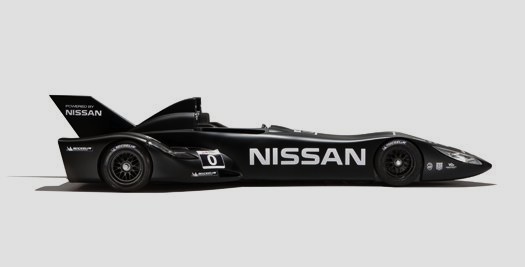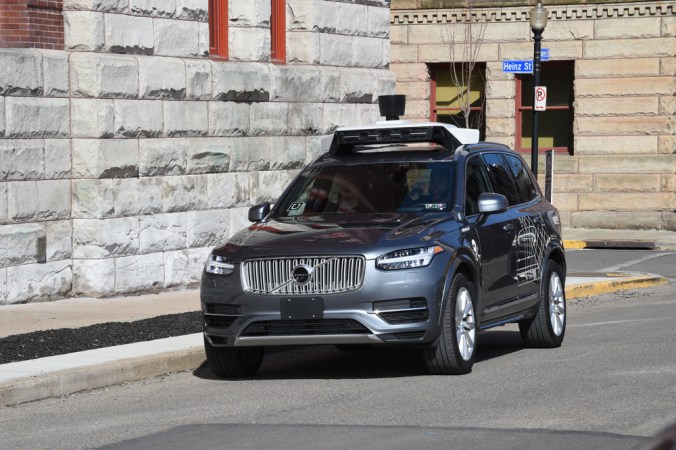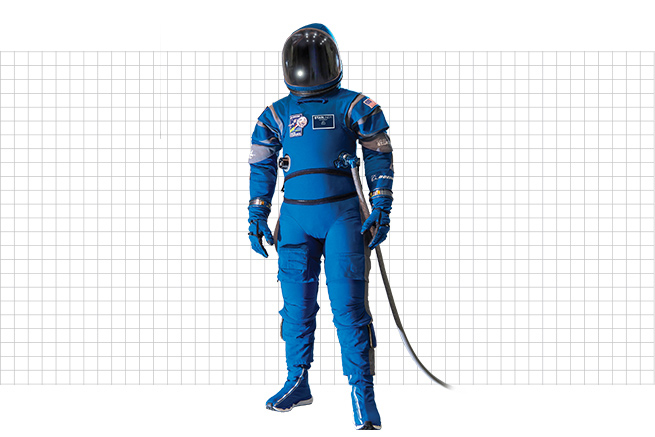

There are headlights that sync to your steering, ones that shift their aim when the road curves, even ones that dim their glare when they sense other cars. But with the new Laserlight system, Audi is returning to the basics: making beams brighter.
Engineers replaced standard high beams with blue laser modules. Laser diodes shine through a phosphor plate, which turns the glow white. This creates brights that are three times as powerful as LEDs and can illuminate beyond 500 yards. Brighter lights means better visibility and safer driving. (Don’t worry, they also dim when another car approaches.) The lights are already on Audi’s R18 e-tron Quattro LMP1 racecar, but because of U.S. safety regulations, their stateside appearance may take a few years.
Audi Sport Quattro Laserlight
Range: 1,640 feet
Laser Lens: Yellow phosphorus crystal
In Other Car News
By Jia You
Speaker maker Bose released a chip that can run noise-canceling software on most cars, not just those with Bose sound systems. It generates sounds that cancel out noise from the engine and exhaust.
In January, Mercedes-Benz began retrofitting QR codes on all models from 1990 onward. In a crash, the codes will direct first responders to rescue plans, including the best way to pry the vehicle apart.
Husky Corporation, a Missouri company, will introduce a program to test a line of robotic gas pumps in St. Louis. The pumps use a suction cup to open gas caps and a motorized nozzle to deliver the fuel.
In an effort to equip its future self-driving cars with humanlike intuition, Ford has partnered with researchers from MIT and Stanford University. At Stanford, scientists are working to use sensors that could detect moving objects hidden by upcoming obstacles.
A third of the proportion of dealerships enrolled in GM’s new online shopping program. The automaker has sold more than 1,800 Chevrolet, Cadillac, Buick, and GMC vehicles through the portal since it launched last November.
This article originally appeared in the April 2014 issue of Popular Science.







